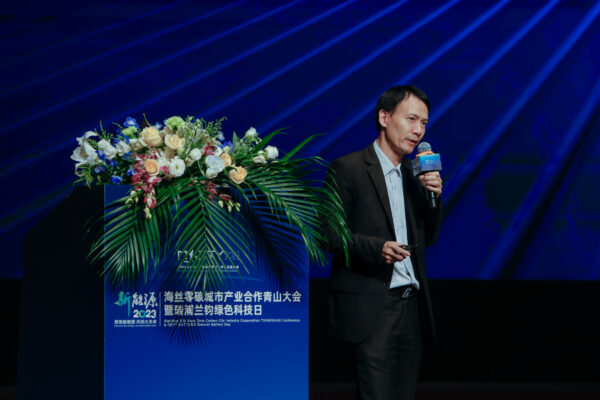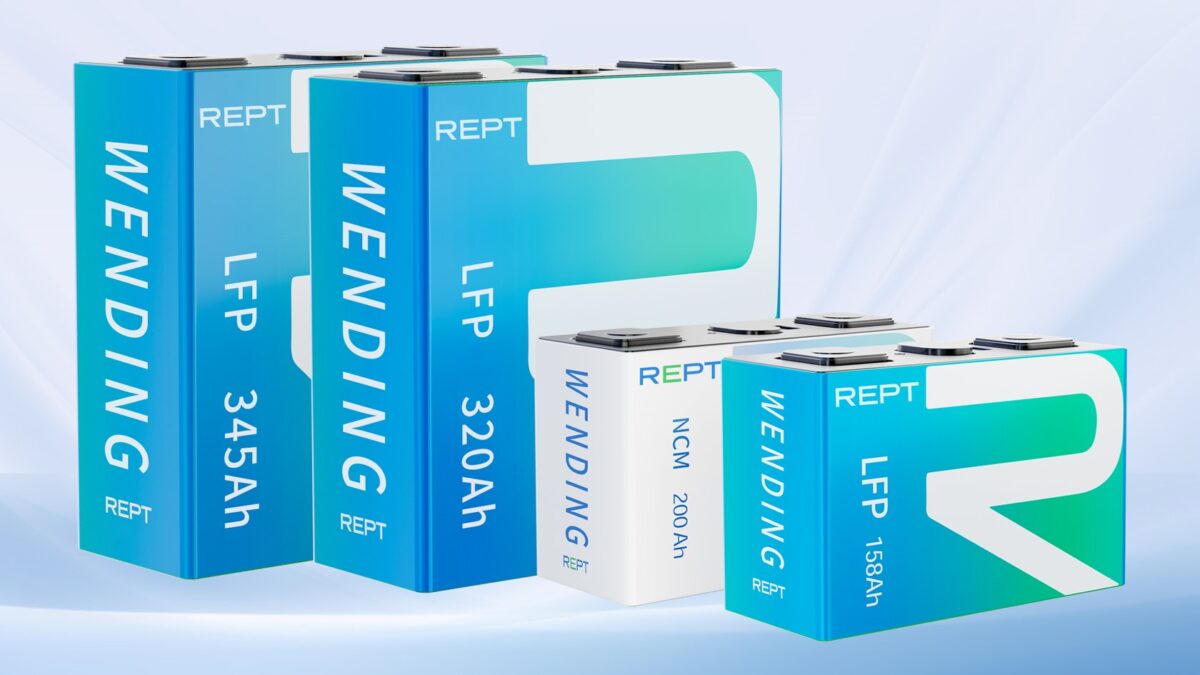Why are lithium ion batteries the technology of choice for grid level energy storage when integrating renewable energy sources such as solar power?
When choosing among the many different battery types for an energy storage system (ESS), we have to keep in mind the key characteristics that customers are really focused on. The first characteristic is energy efficiency, which is important when the energy is coming from renewables, like solar or wind. If we put 100 kilowatt hours into the storage system, we want to get as much of that back out again. The efficiency of a lithium ion battery is almost 95%. However, a nickel hydrogen battery, for example, might have high energy density, but its efficiency is only around 35%.
The second characteristic is the cycle life. Lithium ion batteries can achieve up to 10,000 cycles, which means 10-20 years of total life. And the last one is the rapid response capability. For example, pump storage systems may be less expensive, but they cannot respond very quickly, whereas a lithium ion battery can respond in less than 10 milliseconds.
What effect does a higher energy density and efficiency of a battery storage technology have on the levelized cost of energy (LCOE) for a utility or for the consumer?
The 320 Ah Wending battery has a 15% improvement in energy density compared to a traditional, commercial 280 Ah battery. This means we can increase the amount of energy stored while using the same amount of land, which decreases total system cost.
Also, higher energy efficiency means that energy output will also be higher, which improves the return on investment. On top of those benefits, the higher energy efficiency reduces the amount of heat that’s generated and reduces the carbon emissions, which are also important to the consumer.
What advantages do the Wending battery cells bring to the grid?
Because Wending technology is an innovation both for cell chemistry and structure, it can be applied to any kind of battery cell, which means it can be used for small scale projects and large scale projects that connect to the grid. The ESS acts like a reservoir for energy, helping to balance the grid and make it more stable. The higher efficiency of the Wending batteries allows us to store more energy, decreasing the rate of generation to meet peak demands, which is better for our environment.

Image: REPT BATTERO
Please describe how the Wending battery cell technology will continue to evolve over the next two to three years.
We developed the Wending technology just within the last three years and we have already achieved mass production for our 320 Ah cells. At the same time, we are working on multiple ways to evolve this technology for all kinds of products and for all of our customers. First, we are improving the battery storage capabilities from 320 Ah to 345 Ah, and this battery will begin mass production in 2024.
Second, we will evolve the Wending technology innovation to improve not only the lithium ion phosphate batteries, but also our NCM batteries. Third, we will continue to evolve our Wending batteries not only for ESS, but also to be used for electrical vehicles.
How does the 320 Wending battery cell fit in with REPT BATTERO's vision for the future of sustainable energy?
By moving from 280 Ah cells to 320 Ah cells using Wending innovation, we can reduce carbon emissions by about 54 kilograms per cell over the whole lifecycle. Our vision at REPT is to power a greener future for our planet, and the Wending technology helps us achieve that vision.
The questions and responses in this sponsored interview article were provided by REPT BATTERO.
This content is protected by copyright and may not be reused. If you want to cooperate with us and would like to reuse some of our content, please contact: editors@pv-magazine.com.




1 comment
By submitting this form you agree to pv magazine using your data for the purposes of publishing your comment.
Your personal data will only be disclosed or otherwise transmitted to third parties for the purposes of spam filtering or if this is necessary for technical maintenance of the website. Any other transfer to third parties will not take place unless this is justified on the basis of applicable data protection regulations or if pv magazine is legally obliged to do so.
You may revoke this consent at any time with effect for the future, in which case your personal data will be deleted immediately. Otherwise, your data will be deleted if pv magazine has processed your request or the purpose of data storage is fulfilled.
Further information on data privacy can be found in our Data Protection Policy.